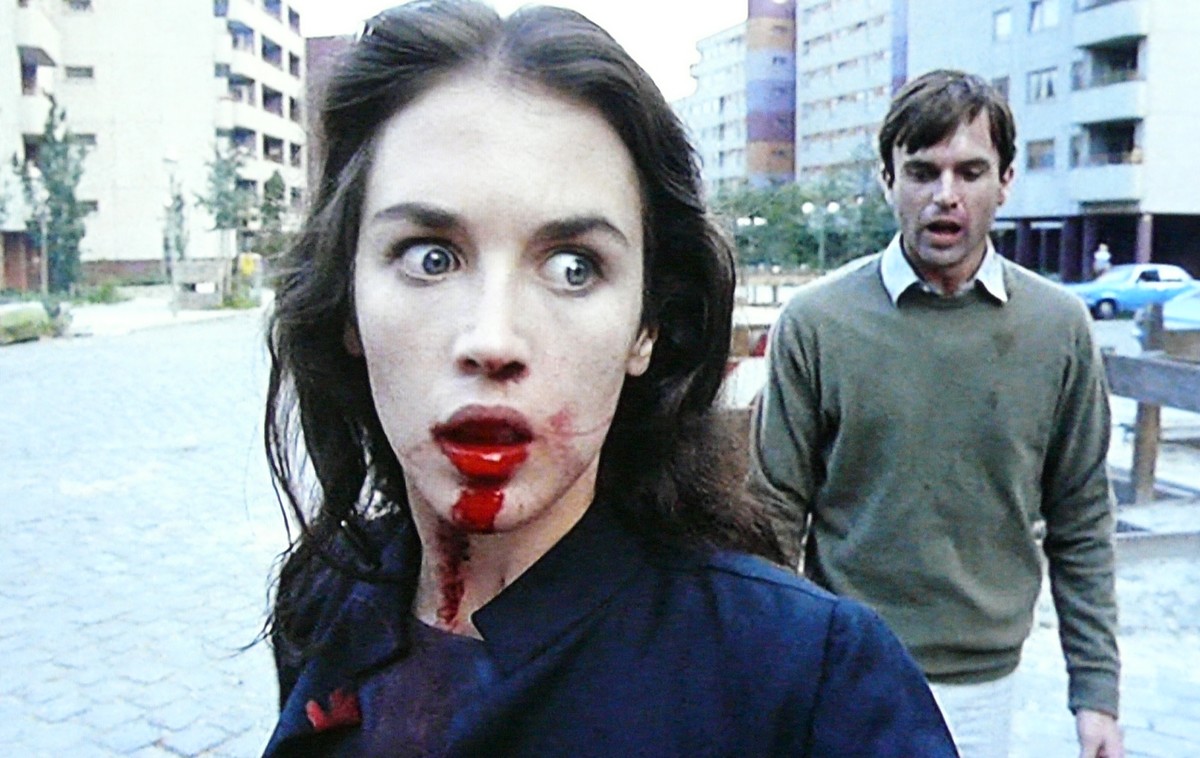
The philosophy of the double, often represented through the manifestation of a doppelganger or dual consciousness, has fascinated filmmakers since the conception of cinema. The concept of the double finds its origins in psychoanalysis, introduced by Otto Rank in 1914, and further developed by Sigmund Freud in 1919 in his psychoanalytical model of the uncanny.
However, doubles and doubling can be traced back to primitive legends and myths, and are also frequently found throughout literature and art. As the turn of the twentieth century saw rise to new creative technologies, the double naturally found its place on the cinema screen.
In cinema, doubles are often characterised by their difference to the protagonist, cast as an evil twin or alter ego, or comparably, to connect two characters who share the same characteristics but differ in geography, time or life pursuits. More often than not, the presence of a double is the catalyst for conflict in the protagonist’s life as they are unable to balance their identity alongside the inherent co-existence of another character with the same identity.
In chronological arrangement, the following list will consider ten thought-provoking movies that depict mesmerising and often disturbing accounts of the philosophy of the double, and raise questions about the intricate dualities that dwell within each of our own identities.
1. The Student of Prague (1913, Stellan Rye)
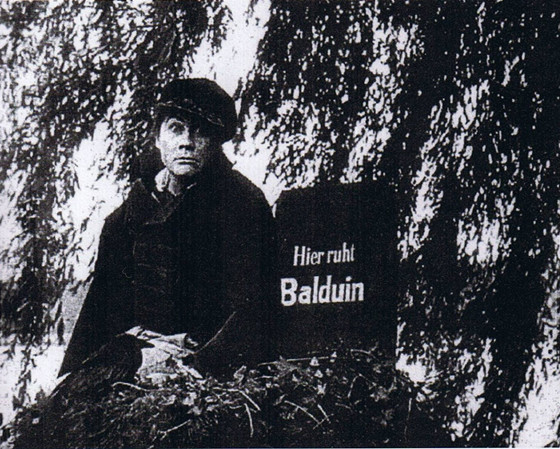
One of the foremost portrayals of the philosophy of the double in cinema is the world’s first feature-length horror film The Student of Prague, released in 1913. This black and white German silent film is sometimes referred to as “A Bargain with Satan” and is loosely based on Edgar Allen Poe’s doppelganger story “William Wilson.”
When Balduin, a poor student attending the University of Prague finds himself in financial troubles, he willingly accepts a deal with a magician that he will give up any item in his room for an enticing sum of money. In a Faustian twist, the magician summons Balduin’s reflection from the mirror, which steps forth as Balduin’s eerie, mischievous double.
Balduin becomes increasingly haunted by his double, who seems intent on interfering in the student’s life. When his double attends a dual with a rival suitor over a mutual love interest, events take a dive for the worse.
The film’s use of double expose film techniques was radical for the time, influencing the German Expressionist movement, and reportedly spooking audiences who had never experienced such effects onscreen.
Though some footage is now considered lost, the artistic value of what remains of this film endures because it is an authentic asset to cinematic history and humanity’s longstanding interest with the double. The Student of Prague is inventive, innovative and truly captivating in its timelessness, and is a necessity for all film connoisseurs and horror enthusiasts.
2. Meshes of the Afternoon (1943, Maya Deren)
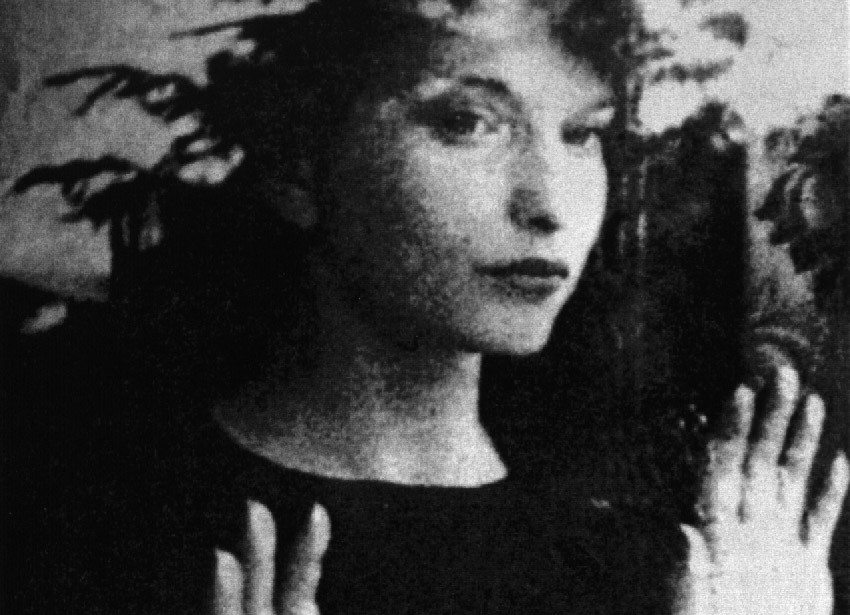
Brief and imaginative, Meshes of the Afternoon emerges less as a film than it does as the fleeting glimmer of a daydream. Widely recognized for her radical film-making experiments, Maya Deren utilises innovative structural techniques and outlandish camera angles to capture the film’s attention to the individual experience of doubling and otherness.
One afternoon, an unnamed young woman approaches her apartment door and observes a shadowy figure disappearing down a garden path. She hurries upstairs and eventually falls asleep in a chair that is looking out of the window.
Thereafter, a sequence of daydreams recounts the day’s events in surreal, unpredictable ways. Gravity dissolves, doubles emerge, and the shadowy figure the girl encountered earlier resurfaces in her subconscious, intersecting with her own identity. This is the territory of dreams, where all laws are incomprehensible, all actions incalculable.
Deren’s cinematography might be described as hypnotic witchcraft. She portrays the majority of the characters to emphasise the film’s concern with the individual experience of doubling, ingeniously portraying herself as her own double.
Though brief, the film maintains an air of fortuitousness, of details lacing and interweaving with the subtlety of dreams. It is a passing exploration of the dichotomies and oppositions that reside within the subconscious self. Meshes of the Afternoon is an indispensable film for fans of the avant-garde and surreal cinematic experiences.
3. Solaris (1972, Andrei Tarkovsky)
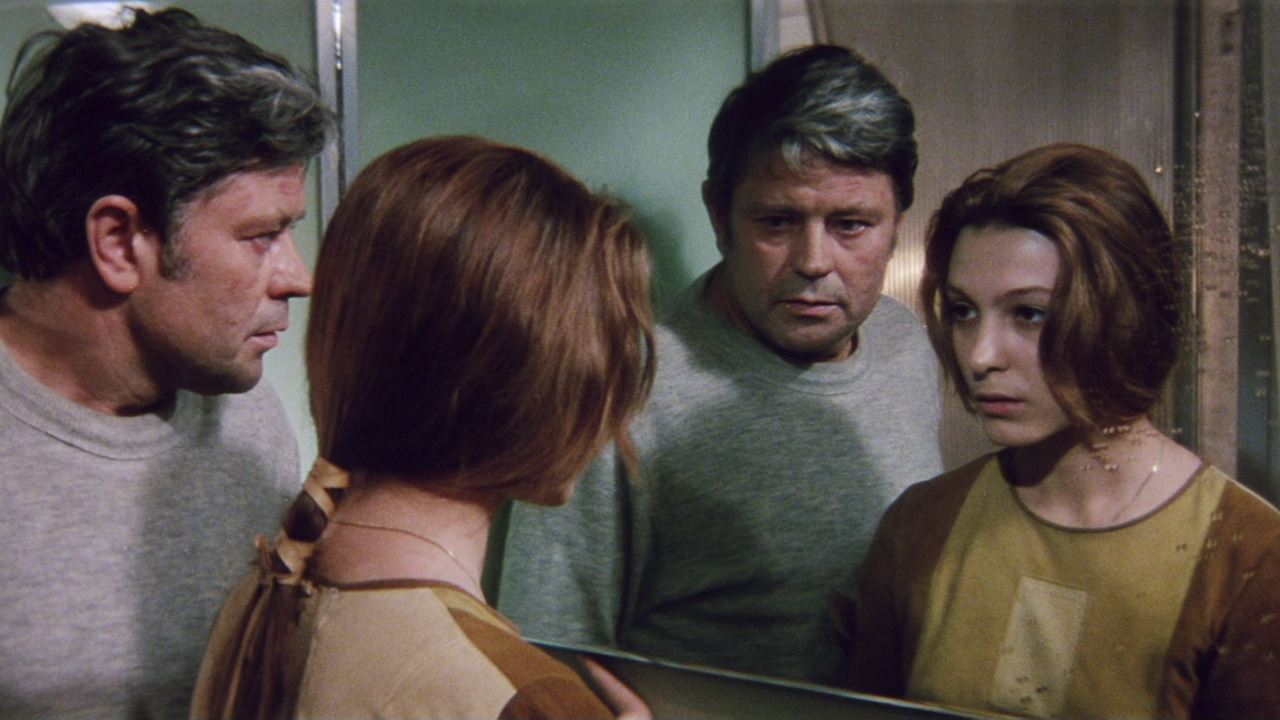
Solaris is an effort in human complexity, articulated in the language of the subconscious. Inspired by the theories of philosopher John Loch, Solaris reinvigorates the philosophy of the double through a genre-bending futuristic tale set in outer space.
Psychologist Kris Kelvin travels to the Solaris space station to investigate an unidentifiable phenomenon that is apparently disturbing its crew members. When Kris’s deceased wife Hari appears aboard the space station, his sense of reality rapidly dissolves.
Visitors to the space station are created by Solaris from the subconscious memories of the men aboard it. Hari is merely a recreation of Kris’s memories of her, raising questions about what defines human consciousness. The experiments and manifestations that Solaris reproduces do not teach the men aboard the space station anything new about the universe, only about themselves.
Undeniably a film ahead of its time, Solaris presents breathtaking cinematography of flora and fauna with an intoxicating quality that corresponds to the effects of the Solaris space station. At a lengthy two hours and forty minutes, certainty is a long way off to this delirious dive into the abyss of the human subconscious.
A beautiful, strange and ethereal work, Solaris is a meditation on the human condition as one beset with the endeavour to understand itself. In the personal as well as existential interest this film should be given a chance to see.
4. Possession (1981, Andrzej Żuławski)
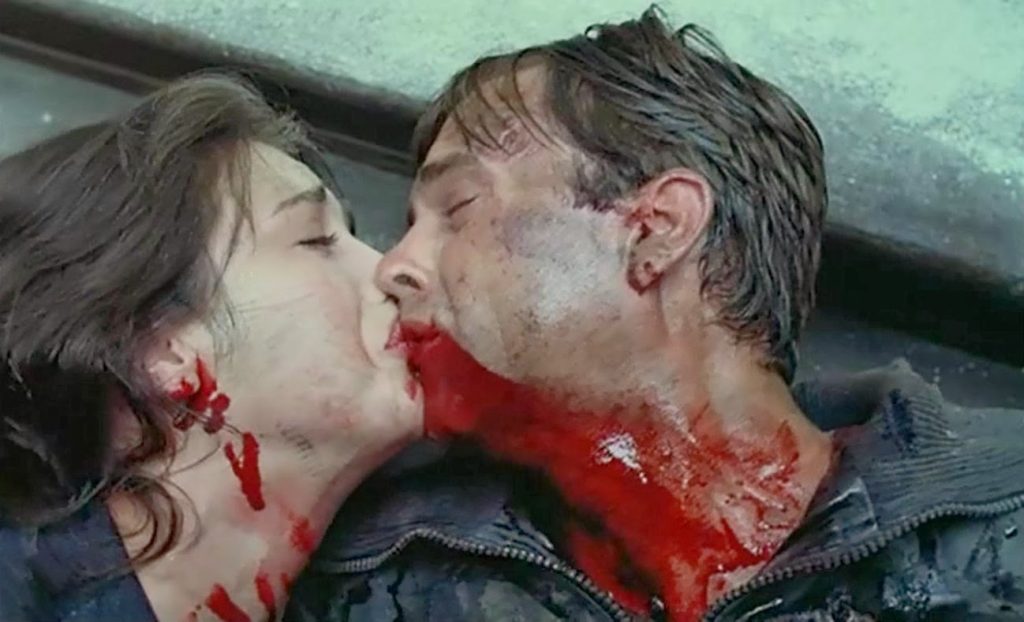
The cinematographic world of Żuławski is a grim and terrifying place, comprising nothing short of the substance of nightmares. Renowned for his hysterical, often excessive flicks, Possession is Żuławski’s comeback film after being exiled by the Polish government upon the controversial release of The Devil in 1972.
Deeply autobiographical, Possession presents the disturbing dichotomy produced between two people as their marriage falls apart. The plot explores the destructive impact that divorce has on wife Anna and husband Mark, and their sense of selfhood.
Enraged by Mark, Anna cultivates a double of him from a slimy, octopus-like creature she has extraordinarily given birth to. Mark simultaneously finds a duplicate of Anna in Helena, a humble school teacher who is Anna’s doppelganger. The doubles represent ideal models of husband and wife, which the couple failed to obtain in their marriage.
While possession is about the destruction of a unison, it is doubly about the creation of a unison between two people whose possession of the other emerges as an integrated diabolical force. By engaging the philosophy of the double, Possession ingeniously extends upon the familiar saga of the individual defeated and eventually destroyed by his own creation.
Possession is a plethora of passions, jealousy, devastation, violence: an uncompromising study of the human condition under the influence of a possessive force, love. Possession will be a pleasure for fans of dark doubles and European art-house cinema.
5. The Double Life of Veronique (1991, Krzysztof Kieślowski)
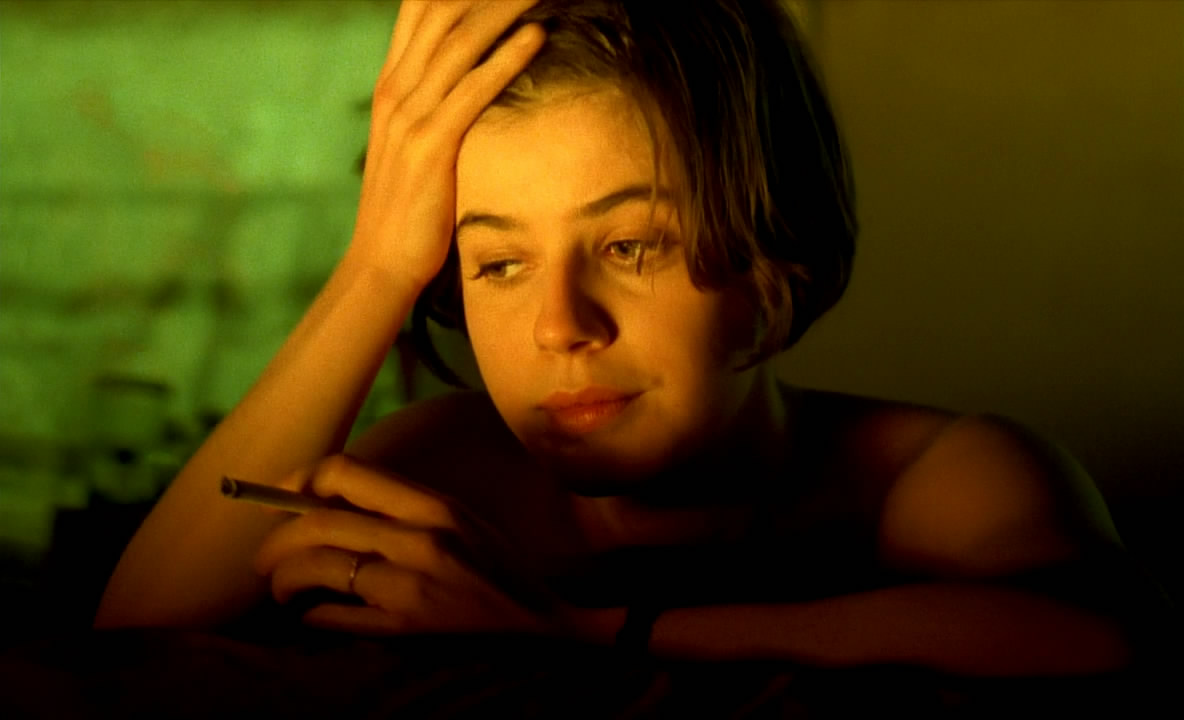
The Double Life of Veronique is a film of perspective and poetry. Like many of Kieslowski’s films, The Double Life of Veronique explores the phenomenon of coincidence and synchronicity through the representation of double identities.
The plot revolves around the lives of two women, Weronika and Véronique, who do not know each other, and yet share a mysterious emotional connection and identical physical characteristics. Irene Jacob’s performance is breathtaking, portraying both Weronika, a Polish choir singer, and Veronique, a French music teacher.
Intuition and feeling are examined as central to the human condition. Both Weronika and Véronique sense that they are not alone in the world, that there is something or someone else they are connected to. Weronika’s life is forever altered when she witnesses Veronique, her uncanny doppelganger, step off a tram to take photographs in the streets of Poland.
The film’s attentiveness to visual motifs of reflective surfaces, photographs, puppetry and masks parallels the thematic concern of doubling with spellbinding exactitude. Captivating camerawork paired with an emotive soundtrack and a fascinating elaboration of detail, Kieslowski’s film prospers in taking the prosaic substance of the everyday and weaving it into the delicate mysteriousness of a dream where everything is connected.
Enthralling and enchanting, The Double Life of Veronique inspires audiences to respond to the intricacies of the human experience with emotion and sensitivity, situating it as a fundamental film on this list.